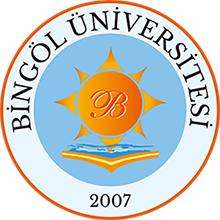| dc.description.abstract | Plants are a stupendous source for exploration of new medicinal products for drug development. Today several drugs used to treat many diseases are simply synthetic modifications or copies of naturally obtained plant substances or extracts. Medicinal plants offer best source to obtain a variety of new drugs; and new plants need to be investigated for their potential use against various microorganisms including bacteria. Scutellaria orientalis subsp. bicolor in the Lamiaceae (mint) family, is an endemic plant species that grows widely on abondoned lands at altitude of 1000-2800 meters in Eastern Anatolia. The plant or extracts are popularly used in preparation of various traditional medicines to treat many diseases including stress, breast and ovarian cancers; however there is need to establish validity of these methodologies scientifically as plant tissue culture techniques could serve as an alternative way to produce them. This study aimed to documents crude callus extracts from hypocotyl explants obtained from 17 days old plantlets of Scutellaria orientalis subsp. bicolor for� � � antibacterial activities. Research findings clearly showed inhibition of growth of Staphylococcus aureus COWAN 1 and Bacillus subtilis var. niger ATCC 10 in the extracts determined by disc diffusion methodology. Antibacterial activity was evaluated by measuring zone diameters in mm. No antibacterial activities were detected in control group. The hexane, acetone and methanol extracts of S. orientalis subsp. bicolor calli exhibited inhibitory action against both bacterial strains. Moreover, callus extracts showed less anti bacterial activities on calli developed on MS medium containing NAA compared to calli obtained on MS medium containing BAP. Furthermore, the results confirmed inhibitory effects of increased BAP concentrations on callus weight, size and quantity of extracts. Moreover, methanol extracts showed more antibacterial activity compared to acetone and hexane extracts. � � Better knowledge about antibacterial activities of this endemic plant sub species could be highly useful for understanding ways for cheap, commercial production of these extracts at extensive level under controlled conditions. | tr_TR |














